-
 WhatsApp: +86 19941574798
WhatsApp: +86 19941574798
-
 sale06@kfqizhongji.com
sale06@kfqizhongji.com
Heavy Machinery
Polyurethane Wheels for Welding Rotator
A comprehensive guide to polyurethane wheels for welding rotators. Discover their superior wear resistance, anti-slip properties, and how they improve weld quality, protect workpiece surfaces, and reduce long-term costs.
In modern welding processes, welding rotators are indispensable auxiliary equipment for performing circumferential seam welding of cylindrical workpieces. Their core function is to rotate the workpiece smoothly and at a constant speed to ensure the uniformity and consistency of weld quality. Within the entire rotator system, the wheels that make direct contact with the workpiece are undoubtedly the critical components. While traditional wheels often use steel or rubber, with technological advancements, polyurethane wheels are becoming the preferred choice in more application scenarios due to their outstanding comprehensive performance.

Exceptional Characteristics of Polyurethane Material
Polyurethane is a high-performance elastomeric material whose molecular structure grants it unique physical and chemical properties, perfectly suited for the demands of welding rotator applications.
1. Excellent Wear Resistance and High Load Capacity
The wear resistance of polyurethane is 5 to 10 times greater than that of natural rubber, allowing it to withstand immense pressure and rotational friction from the workpiece for extended periods, resulting in a very long service life. Simultaneously, it offers a high hardness range and outstanding tear strength, capable of supporting heavy workpieces weighing tens or even hundreds of tons without permanent deformation.
2. Superior Traction and Anti-Slip Properties
Polyurethane wheels have a surface with a moderate coefficient of friction. This provides sufficient driving force to rotate the workpiece and prevents slippage, especially with heavy workpieces, while avoiding potential scratches on the workpiece surface that harder steel wheels might cause. This is crucial for ensuring stable welding speed and protecting the workpiece's surface finish.
3. Effective Vibration Damping and Noise Reduction
As an elastomer, polyurethane effectively absorbs vibrations and shocks generated during workpiece rotation, resulting in smoother and quieter equipment operation. This not only enhances the stability of the welding process but also improves the working environment by reducing operational noise.
4. Protection of Workpiece Surface
Compared to hard steel wheels, the elastic surface of polyurethane wheels will not leave indentations or scratches on the workpiece (especially on surfaces like stainless steel, aluminum alloy, or coated/polished surfaces), perfectly preserving the workpiece's surface integrity.
5. Resistance to Oil and Certain Chemicals
Polyurethane material has good resistance to most industrial oils, greases, and solvents, making it easy to clean and ensuring long-term stability and service life even in harsh industrial environments.
Advantages of Polyurethane Wheels in Welding Rotators
Applying polyurethane wheels to welding rotators can bring significant improvements to the entire welding process:
Improved Weld Quality: Smooth, slip-free rotation is fundamental for uniform circumferential weld formation. Polyurethane wheels effectively eliminate slippage, ensuring a constant welding speed, thereby directly enhancing weld quality.
Broadened Application Range: From food-grade stainless steel tanks and precision pressure vessels with demanding surface requirements, to massive wind turbine towers and chemical reactors, polyurethane wheels provide safe and reliable support and drive.
Reduced Total Cost of Ownership: Although the initial investment for polyurethane wheels might be slightly higher than standard rubber wheels, their exceptionally long service life and minimal maintenance requirements significantly reduce downtime for parts replacement and repairs, lowering the overall operating cost in the long run.
Enhanced Equipment Adaptability: By adjusting the polyurethane formulation, wheels with different hardness levels (e.g., 85A, 90A, 95A) and colors can be manufactured to suit workpieces of varying weights and surface requirements, enabling customized applications.
Selection Considerations
When selecting polyurethane wheels, the following factors should be considered:
Hardness: Choose the appropriate wheel hardness based on the workpiece weight. Heavier workpieces generally require higher hardness wheels for support, but this must be balanced with surface protection needs.
Structure: Wheels typically consist of a polyurethane tread bonded to a metal core (usually steel). Ensure a strong bond between the tread and the core to prevent separation under heavy loads.
Operating Environment: Although polyurethane has good oil resistance, prolonged exposure to extreme temperatures, UV radiation, or specific strong chemical solvents may require specially formulated polyurethane materials.
Conclusion
In summary, polyurethane wheels are not merely simple components on a welding rotator; they are a core element in enhancing overall equipment performance, guaranteeing weld quality, protecting workpieces, and reducing operating costs. As manufacturing demands for welding precision and efficiency continue to rise, high-performance polyurethane wheels are poised to become the standard configuration for modern welding rotators, providing a solid foundation for high-quality, efficient welding of various cylindrical structures.
For detailed technical specifications and application support, reach out to our engineering team. Contact us!
Categories
Recent Cases
Recent Products
Recent Blogs
- Pallet Stacker Drive & Idler Wheels for Automated Warehouses
- Mold-on Polyurethane Wheels
- Analysis of the Causes of Cleanroom Stacker Polyurethane Wheel
- Why Are NDI Drive Rollers the Premier Choice for Pallets
- Polyurethane Wheels in Mining
- How Do You Maintain Polyurethane Wheel Longevity
- How Do Polyurethane Wheels Compare To Metal Wheels
- What Industries Benefit Most From Using Polyurethane Industrial Wheels
- Polyurethane Forklift Wheels for Warehousing Pallet Handling
- How To Choose Industrial Wheels For Amusement Rides

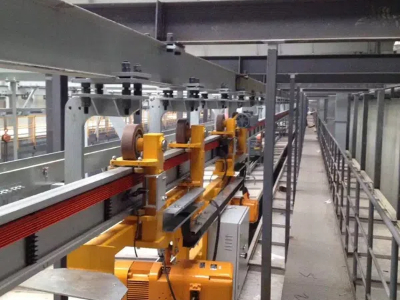
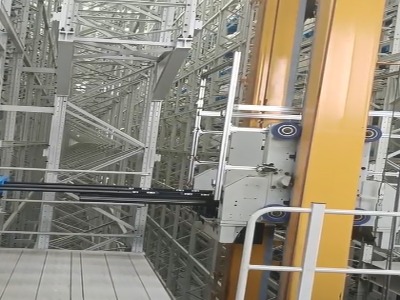
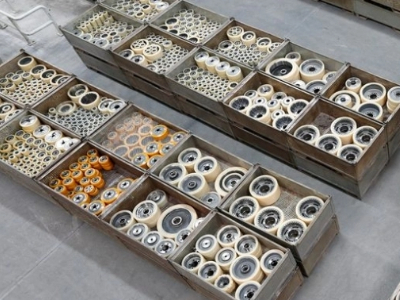
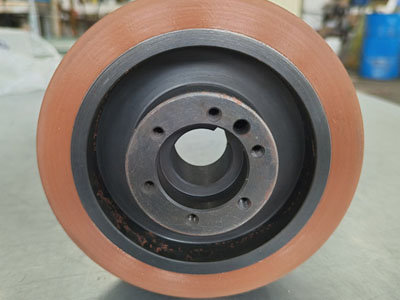
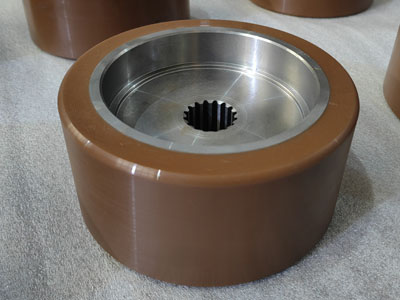
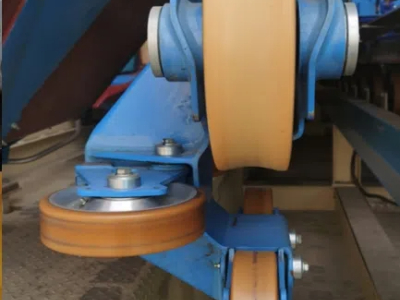
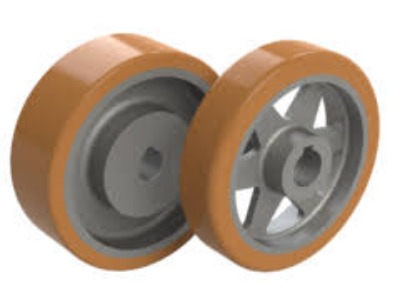
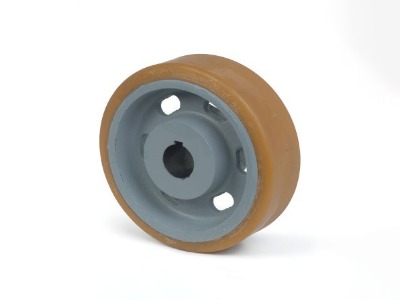
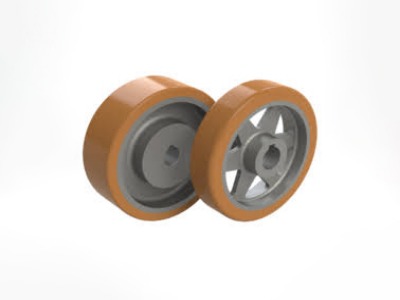
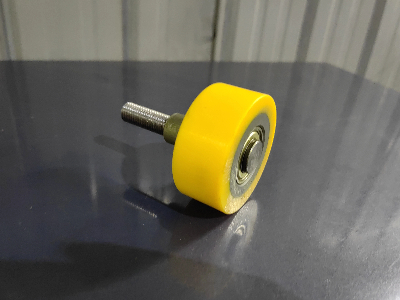
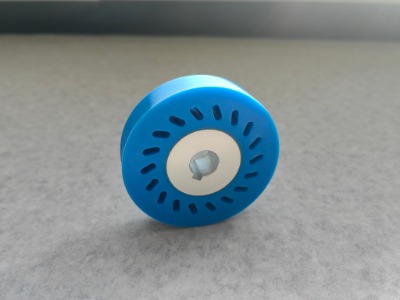
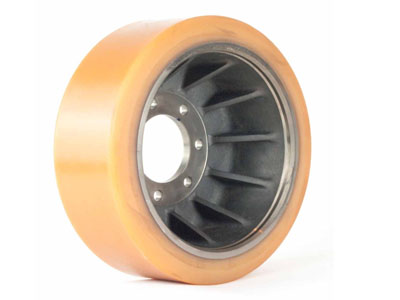
PU Load Wheels for Tunnel Boring Machines
none